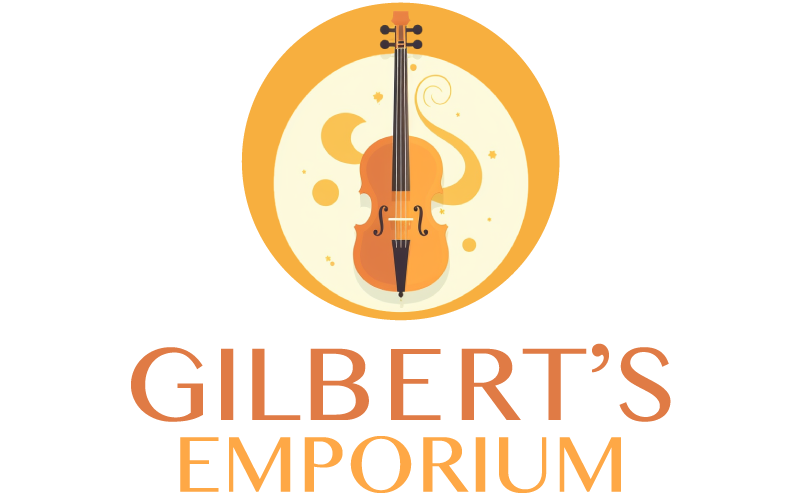Electric guitars have played a pivotal role in shaping the landscape of modern music across various genres. From soulful blues to intense metal, the versatility of the electric guitar has captivated audiences and musicians alike. This article explores how electric guitars have become instrumental in defining and redefining different music genres, enriching the musical experience for listeners and musicians alike.
The Soulful Lament of Blues
The electric guitar found its roots in the blues genre, where it served as a means of expressing raw emotion and storytelling. With its ability to produce expressive bends, slides, and vibratos, the electric guitar became the perfect companion for blues artists, allowing them to pour their hearts into their performances. Legends like B.B. King and Muddy Waters embraced the electric guitar, setting the stage for its future prominence in various musical styles.
Rock ‘n’ Roll Revolution
As the 1950s rolled in, the electric guitar found its way into the limelight through the birth of rock ‘n’ roll. Artists like Chuck Berry and Elvis Presley utilized its vibrant tone and energetic sound to revolutionize popular music. The electric guitar’s infectious energy became the backbone of rock music, inspiring generations of musicians to pick up the instrument and make their mark on the world stage.
The Serenade of Jazz Fusion
In the fusion of jazz and rock, the electric guitar found new avenues of expression. Artists such as Jimi Hendrix and John McLaughlin blurred genre boundaries by fusing intricate jazz harmonies with the electrifying power of rock, showcasing the guitar’s adaptability to diverse musical landscapes. The electric guitar’s versatility enabled jazz fusion to transcend traditional jazz audiences and reach a broader listenership.
Electric Grooves in Funk
Funk music brought the electric guitar’s rhythmic prowess to the forefront. As funk bands emerged in the 1960s and ’70s, artists like Jimmy Nolen and Ernie Isley incorporated funky, syncopated guitar rhythms that became the hallmark of the genre. The electric guitar’s ability to add depth and texture to the grooves solidified its position as a central instrument in funk music.
The Resonance of Hard Rock
With the rise of hard rock in the late 1960s and ’70s, the electric guitar took on a new dimension. Artists like Led Zeppelin, Black Sabbath, and Deep Purple showcased the guitar’s power through heavy riffs and face-melting solos. Hard rock pushed the limits of the instrument’s sonic capabilities and solidified its association with high-energy performances.
Metal’s Thunderous Roar
Metal music emerged in the 1970s and ’80s, and the electric guitar became its voice of rebellion. From the intricate fretwork of bands like Iron Maiden and Metallica to the virtuosic shredding of players like Yngwie Malmsteen and Steve Vai, metal guitarists pushed the boundaries of technical skill and innovation. The electric guitar’s aggressive tone and ability to create intense harmonies and melodies cemented its place as the cornerstone of metal music.
Conclusion
The electric guitar’s journey through different music genres showcases its adaptability and innovation. Its versatility has allowed it to transcend cultural and geographical boundaries, uniting music lovers worldwide. As we look to the future, the electric guitar continues to inspire generations of musicians, promising an ever-changing and exciting musical landscape.
